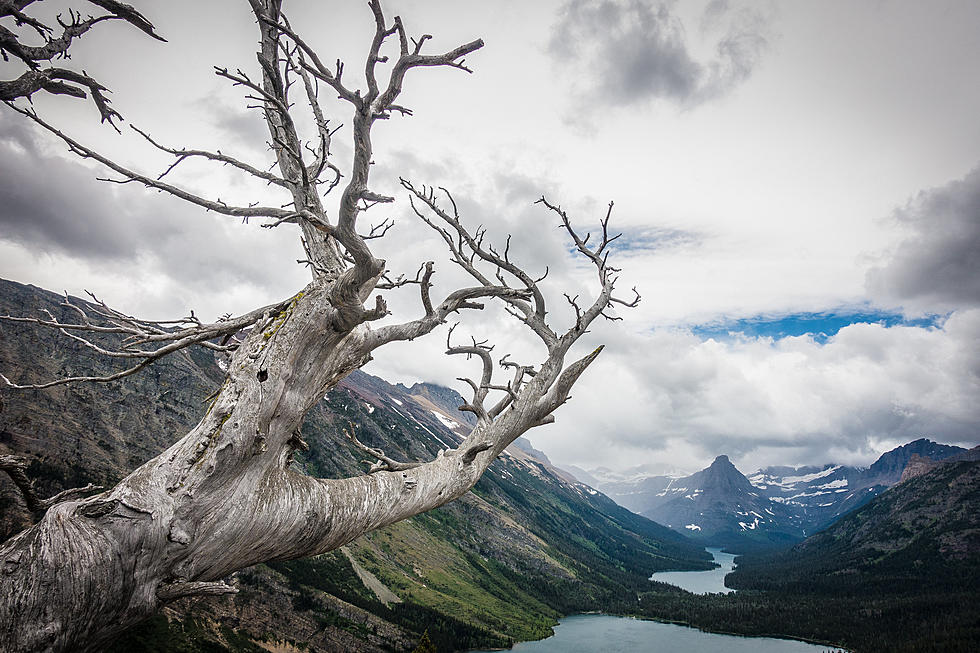
Why Millions Will be Spent to Save a Montana Tree
We've probably all spent money on tree planting or maintenance over the years, but it's a guarantee you've never spent millions of dollars on the project.
But that's how much the federal government is dedicating to saving a very important species of tree in Montana, one that biologists say plays a key role in the high country ecology of the Northern Rockies, including Glacier National Park.
It's all part of a renewed effort to save the iconic tree which is losing its grip as temperatures rise, and help Montana's largest predator in the process.

Millions of these trees have died in recent years
The whitebark pine, known scientifically as Pinus albicaulis, is one of the most hardy species in the backcountry, able to survive against snows, harsh winters, and arid summers at the highest elevations in the Northern Rockies and across the West. In some areas, it can grow to 30 feet high with the right moisture and shelter but also develops as krummholz, which is a smaller version caused by extreme exposure on peaks and ridge lines.
However, scientists say a changing climate and problems with a fungal disease known as white pine blister rust have killed an estimated 325 million of the trees across the West.
That's bad news for bears and other species
Biologists say the whitebark pine, which was added to the Endangered Species List last year, is key to the high mountain ecology, where it is a "high-calorie food source" for 19 species, including grizzlies. In the late summer and fall, the bears will raid squirrel nests to get the whitebark pine cones, eating the seeds and boosting their fat intake before hibernation.
The trees are also considered critical for water quality, by helping to control snowmelt and erosion.
"Seed money"
This week, the National Park Service and American Forests announced they have signed a five-year agreement to restore the whitebark pines in Glacier, Yellowstone, and Grand Teton National Parks. $44 million for the program will come from President Biden's "Investing in America" agenda, which is a plan to invest $ 2 billion in land and water restoration.
The money is part of a commitment to the National Seed Strategy, which would improve the supply of seeds to help restore whitebark pine habitat, as well as other species.
Under the plan for the three parks, the seeds would actually be planted directly on-site, instead of growing trees in a greenhouse and then transporting them to remote mountain locations.
